Introduction
The Dieffenbachia, often referred to as the "dumb cane," is a popular choice for plant enthusiasts and interior decorators alike. With its stunning foliage and easygoing nature, it’s no wonder this tropical plant adorns many homes and offices. Proper care is crucial to maintaining the health and vibrancy of Dieffenbachia, ensuring that it continues to purify the air and add a touch of nature to your space. Did you know that Dieffenbachia is not just an ornamental plant but also serves as a natural air purifier, filtering toxins out of the environment? Discover more about caring for this remarkable plant in our comprehensive guide.
Understanding Dieffenbachia

Origin and Description
Dieffenbachia is native to the lush, tropical regions of Central and South America, where it thrives in the understory of rainforests. Its natural habitat provides it with filtered sunlight and a consistently humid environment, conditions that are crucial for its growth. The plant is known for its large, pointed leaves, which are adorned with a range of striking patterns and varied shades of green, white, or cream. Dieffenbachia can grow anywhere from 3 to 6 feet tall indoor, making it a versatile choice for different spaces.
Popular Varieties
With dozens of varieties, each Dieffenbachia offers a unique display of leaf patterns and colors. Here are a few popular ones to consider for your collection:
- Dieffenbachia seguine: Often noted for its large, green leaves featuring cream-colored streaks that vary in width and length.
- Dieffenbachia amoena: A robust variety, distinguished by its dark-green leaves highlighted by striking white veining.
- Dieffenbachia Camille: Known for its delicate appearance, Camille features leaves that are creamy yellow with green borders.
- Dieffenbachia Tropic Snow: Displays a unique pattern of white and green, making it a standout variety for any plant collection.
Optimal Growing Conditions for Dieffenbachia

Light Requirements
Dieffenbachia thrives in indirect light, mimicking the dappled sunlight it would receive in its natural rainforest habitat. While tolerating low light conditions, prolonged exposure to direct sunlight can scorch its leaves, leading to discoloration. For optimal growth, place your Dieffenbachia near a window with filtered light or use sheer curtains to diffuse the sunlight.
Temperature and Humidity
Temperature Tolerance
Dieffenbachia prefers warm temperatures between 65°F and 75°F (18°C to 24°C). It does not tolerate cold drafts or sudden temperature drops, which can stress the plant. Avoid placing it near doors, windows, or vents that may expose it to chilly air.
Humidity Levels
Being a tropical plant, Dieffenbachia enjoys high humidity levels. Consider placing a humidifier nearby or regularly mist the leaves to recreate its natural environment. Alternatively, grouping it with other humidity-loving plants, like Aglaonema Aglaonema Silver Bay, can create a beneficial microclimate.
Watering Dieffenbachia

Frequency and Technique
Watering Dieffenbachia requires a balance to prevent both underwatering and overwatering. Water thoroughly when the top inch of soil feels dry, ensuring that excess water drains away from the pot. Consistent overwatering can lead to root rot, a common ailment that can be detrimental to the plant's health.
Signs of Watering Issues
Overwatering Symptoms
Signs such as yellowing leaves and a mushy stem are indicators of overwatering. If noticed, allow the soil to dry out, and adjust your watering schedule accordingly.
Underwatering Symptoms
If the plant looks wilted or its leaves have brown edges, it may be underwatered. Ensure a thorough soak, allowing adequate drainage to prevent future dehydration.
Soil and Fertilization
Choosing the Right Soil
Dieffenbachia prefers well-draining soil, rich in organic matter. A mix of peat, pine bark, and perlite provides excellent aeration and drainage. This blend allows the plant's roots to develop sufficiently while preventing water retention.

Fertilizing Your Dieffenbachia
To support its lush foliage, fertilize Dieffenbachia every 4-6 weeks during the growing season (spring and summer). Use a balanced, water-soluble fertilizer diluted to half-strength to avoid over-fertilization, which can cause leaf burn and stunted growth.
Pruning and Repotting Dieffenbachia
Pruning Guidelines
When and Why to Prune
Regular pruning helps maintain the plant's shape and encourages new growth. Cut back leggy stems and remove any dead or yellowing leaves to keep your Dieffenbachia looking its best. Pruning should generally occur in spring or summer when the plant is actively growing.
Tools and Techniques
Clean, sharp scissors or pruning shears are essential for making precise cuts without damaging the plant. Sanitize your tools before and after pruning to prevent the spread of disease.
Repotting Tips

When to Repot
Dieffenbachia benefits from repotting every 2-3 years or when it becomes root-bound. Signs that it's time to repot include roots growing out of drainage holes or water being slow to drain.
Repotting Procedure
Choose a slightly larger pot with drainage holes. Gently remove the plant from its current pot, teasing out loose roots. Position it in the new pot with fresh soil, firming it gently around the root ball. Water thoroughly to help settle the soil.
Common Problems and Solutions
Pest Management
Identifying Pests
Dieffenbachia may attract common houseplant pests such as spider mites, aphids, and mealybugs. Regularly check the undersides of leaves and stems for signs of infestation, such as webbing or sticky residue.
Control and Prevention
Incorporate regular checks into your plant care routine. If pests are detected, use insecticidal soap or neem oil to treat affected areas. Maintaining optimal plant health through proper light, humidity, and water can also help prevent infestations.

Diseases
Common Diseases
Root rot and leaf spot are prevalent Dieffenbachia diseases. Root rot results from prolonged waterlogged conditions, while leaf spot appears as brown or black spots on foliage, often due to fungal infections.
Disease Management
To manage root rot, repot your Dieffenbachia immediately in fresh, dry soil, and adjust watering habits. For leaf spot, prune affected leaves and improve air circulation around the plant.
Enhancing Your Space with Dieffenbachia
Dieffenbachia not only enhances your home decor with its striking beauty but also contributes to a healthier indoor environment. Its ability to filter airborne toxins like formaldehyde and xylene makes it a valuable addition to homes and offices alike. Pair your Dieffenbachia with other complementary indoor plants to create a vibrant, green oasis.
Explore our selection of finest Dieffenbachia varieties and other houseplants at Plantology. For a perfect outdoor companion that echoes tropical allure, consider the Adonidia Palm Triple for your garden or patio.
In conclusion, by understanding and implementing the right care practices, you can maintain the health and aesthetic appeal of your Dieffenbachia, reaping both its decorative and air-purifying benefits. For further guidance and to browse our extensive range of plants and trees, visit Plantology. Elevate your indoor space today with our premium plant collections!
Styling Your Space

Indoor Placement Ideas
Dieffenbachia is an excellent plant for brightening up indoor spaces, thanks to its lush foliage and unique patterns. When considering where to place your Dieffenbachia, think about the balance of light, space, and design principles. Here are some placement ideas to consider:
- Living Room Corners: Utilize empty corners by positioning a taller Dieffenbachia variety to add height and create a natural focal point.
- Hallway Accents: Place smaller varieties on a console table with other decor elements, like framed photos and books, to add texture and warmth.
- Office Decor: Brighten up your workspace by placing a Dieffenbachia on or near your desk for a breath of fresh air and a touch of green.
- Bedroom Greens: Incorporate Dieffenbachia into your bedroom, either on a nightstand or in a decorative pot on the floor, to create a relaxing and soothing atmosphere.
Complementary Plant Pairings
Creating a cohesive and aesthetically pleasing plant display involves selecting complementary plants that share similar care requirements. Here are some ideas for companions to pair with your Dieffenbachia:
- Monstera Deliciosa: Sharing a similar tropical origin, Monstera provides large, dramatic foliage that pairs well with the intricate patterns of Dieffenbachia.
- Peace Lily (Spathiphyllum): Known for its beautiful white flowers and air-purifying qualities, Peace Lilies thrive in similar conditions and add a touch of elegance.
- ZZ Plant (Zamioculcas zamiifolia): With its glossy green leaves, the ZZ Plant echoes the lushness of Dieffenbachia and requires similar light and watering conditions.
- Philodendron: The trailing or climbing varieties of Philodendron make excellent companions for Dieffenbachia, adding depth and variety to your plant display.
Propagating Dieffenbachia

Propagation Methods
Propagating Dieffenbachia is a rewarding process that allows you to expand your plant collection or share with friends and family. There are a few methods you can use, each with its own advantages:
Stem Cuttings
One of the most common ways to propagate Dieffenbachia is through stem cuttings. Here's how to do it:
- Choose a healthy stem with several leaves and nodes.
- Cut a 4-6 inch section using sterilized scissors or shears.
- Remove the leaves from the lower half of the cutting, exposing the nodes.
- Place the cutting in a glass of water or in moist soil, ensuring nodes are submerged or in contact with soil.
- Maintain warmth and high humidity by covering the glass or pot with a plastic bag.
- Roots should develop in a few weeks, after which you can plant the cutting in potting soil.
Air Layering
Air layering is a more advanced technique that can be used to propagate larger Dieffenbachia plants:
- Select a healthy stem and make a small cut (about halfway through) below a node.
- Insert a toothpick or small piece of wood to keep the cut open.
- Wrap moist sphagnum moss around the cut area, then cover it with plastic wrap to retain moisture.
- Secure the wrap with ties above and below the cut.
- Once roots are visible through the moss (usually after a few weeks), cut below the new root area and pot the new plant.
Environmental Impact of Dieffenbachia Care
Sustainability Practices
Caring for Dieffenbachia, like all houseplants, can be done with sustainability in mind to reduce environmental impact:
- Reuse and Recycle: Use recycled pots or repurpose household items as plant containers to minimize waste.
- Organic Fertilizers: Choose organic fertilizers or compost to nourish your plants without chemicals.
- Water Conservation: Water plants with collected rainwater or leftover water from other household tasks.
- Pest Control: Opt for natural pest control methods, such as neem oil, rather than harsh chemicals.
Exploring Dieffenbachia History and Cultural Significance
Historical Uses
Dieffenbachia’s intriguing history extends beyond its decorative appeal; it has played various roles throughout different cultures and eras. Historically, its leaves were used in traditional medicine by indigenous peoples of Central and South America for pain relief and other remedies. This cultural aspect reflects the deep connection between plants and their roles in human life and medicine.
Cultural Symbolism
In modern times, Dieffenbachia represents subtle beauty and elegance, often considered a symbol of quiet strength due to its ability to thrive in varied environments. In some cultures, its resilience and ornamental charm make it a favored choice for gifts, representing wishes for prosperity and growth.

Conclusion and Further Learning
Dieffenbachia stands out as a beautiful and easy-to-grow houseplant, praised not only for its decorative leaves but also for its air-purifying capabilities. With ideal growing conditions, proper watering, and the right care, this plant can be a long-lived and beneficial addition to any indoor space. Additionally, understanding its propagation and placement in your home can enhance both its aesthetic appeal and impact.
For those who wish to deepen their knowledge and skills in plant care, numerous resources and communities can offer guidance and inspiration. Online forums, local plant clubs, and social media groups provide platforms for the exchange of tips and experiences, fostering a shared love for plants and gardening.
Explore the fascinating world of Dieffenbachia and other plants by visiting dedicated nurseries, engaging with plant enthusiasts, and staying curious about the endless possibilities of greenery. Let the beauty of Dieffenbachia inspire your journey into creating lush and healthy indoor environments.
For additional resources and a wide selection of Dieffenbachia and other plants, visit Plantology to explore, learn, and elevate your plant collection.

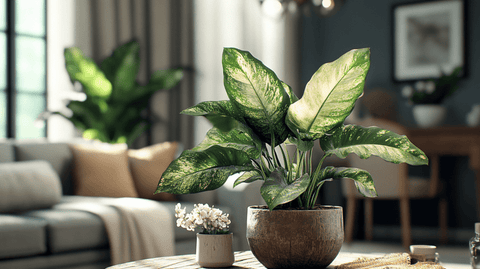


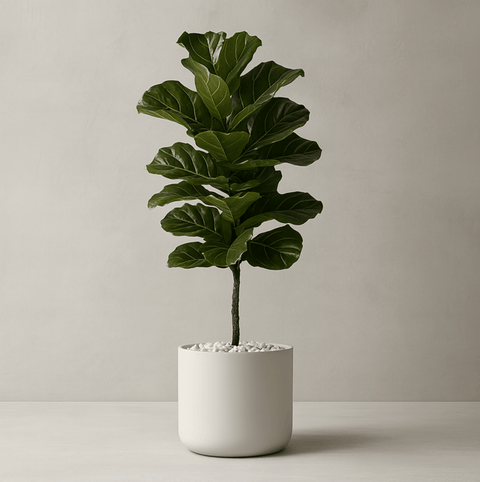
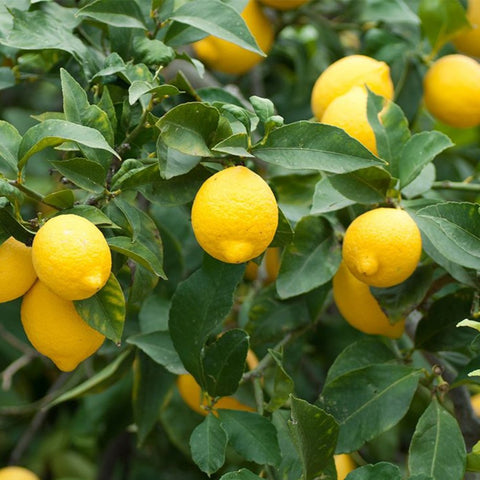
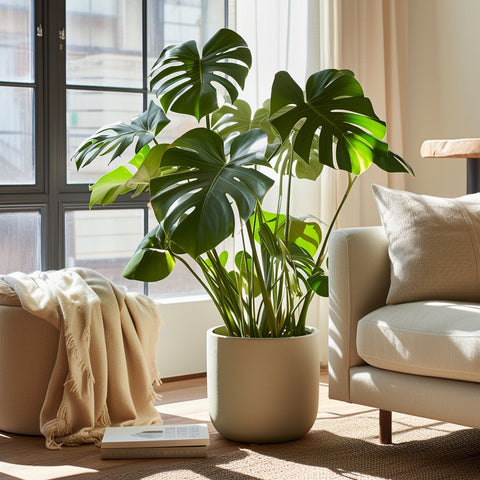
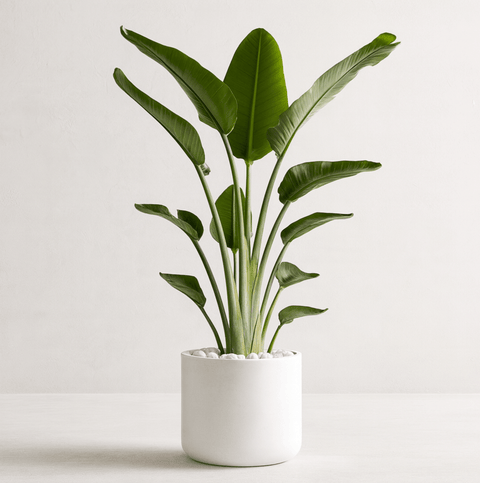
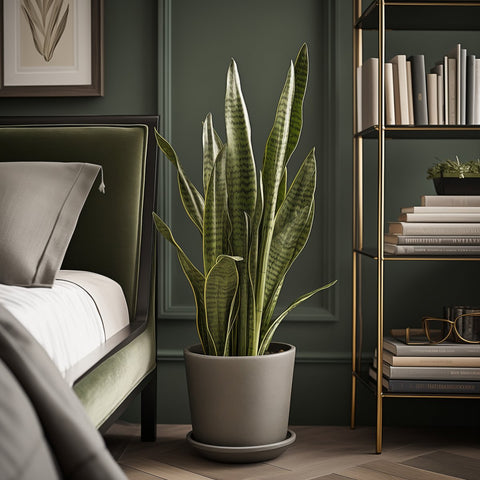
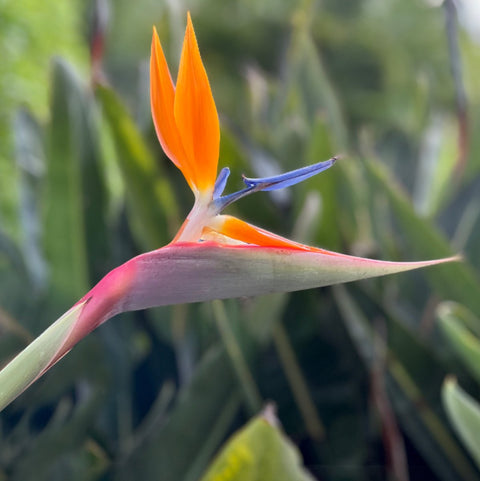
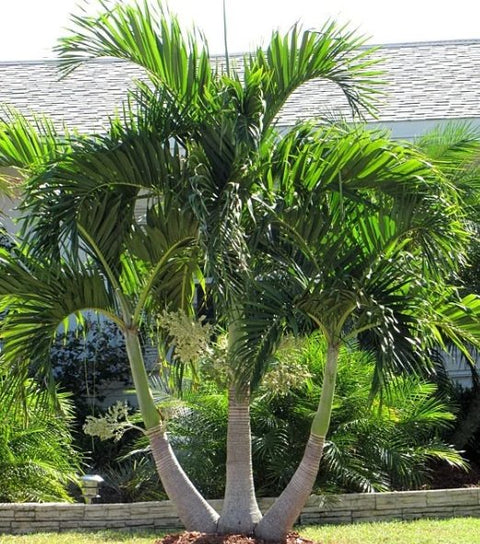
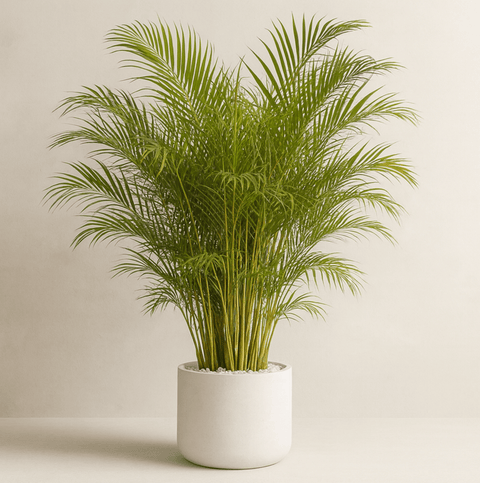
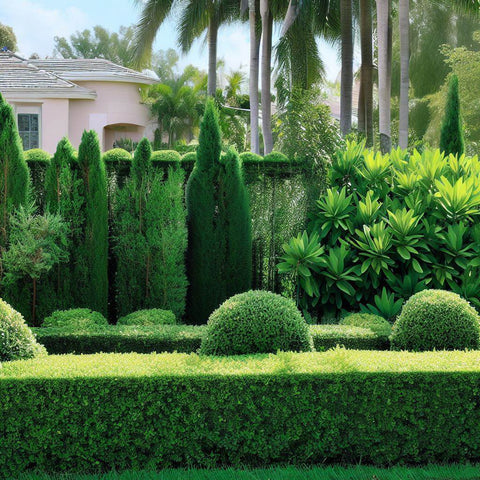
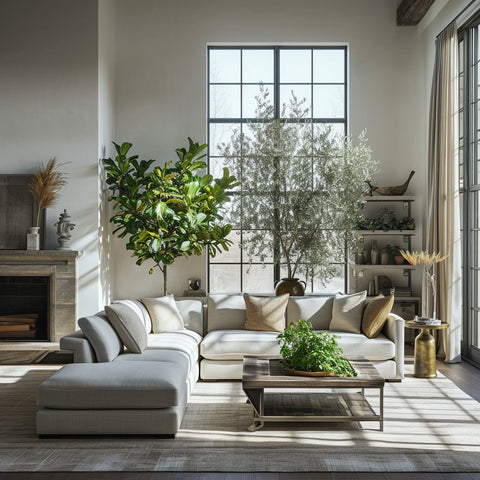
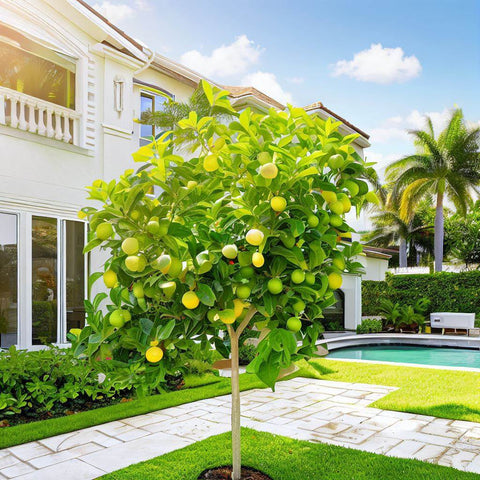
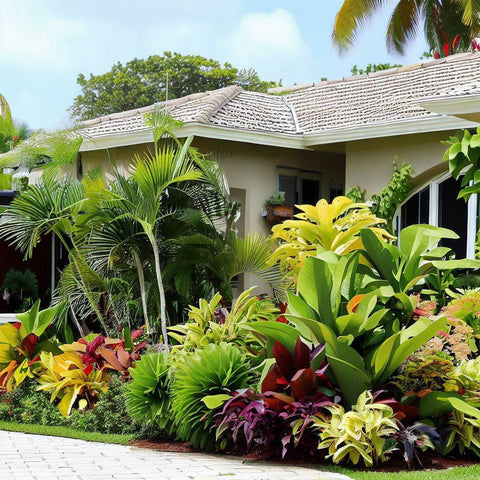

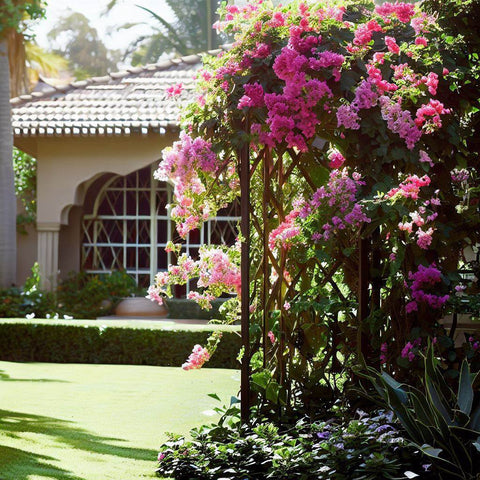
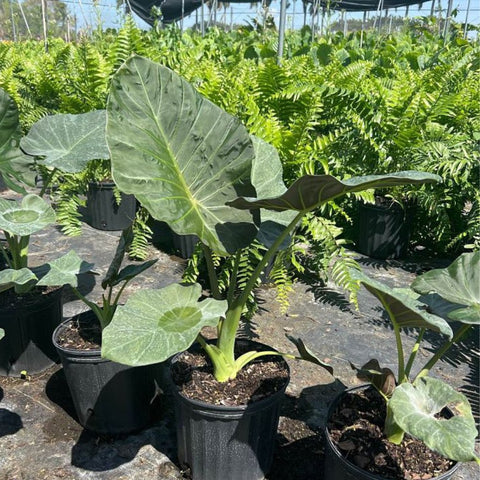
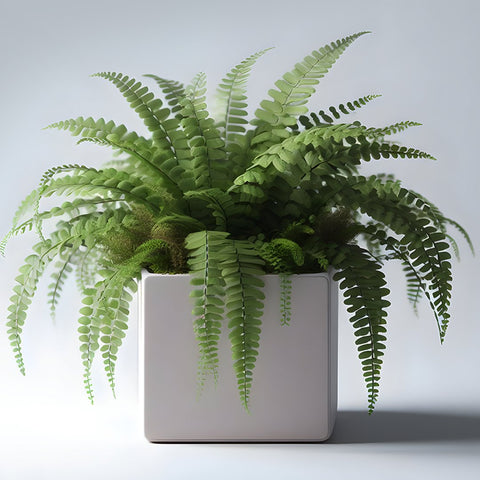
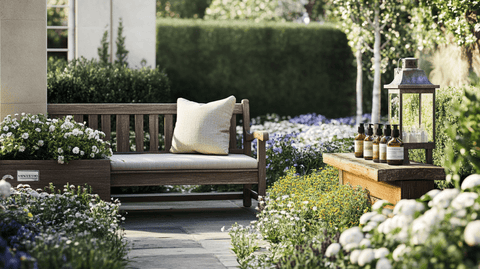


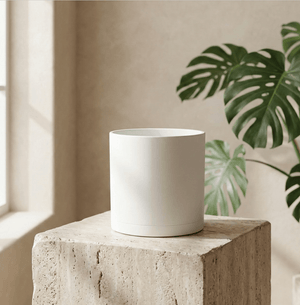
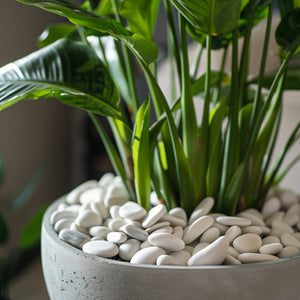

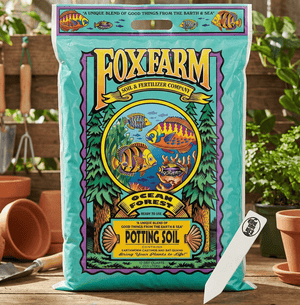
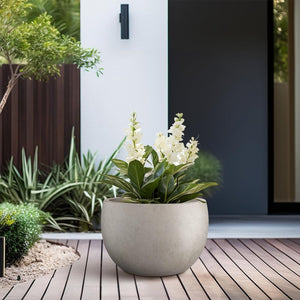



Comments (0)
There are no comments for this article. Be the first one to leave a message!